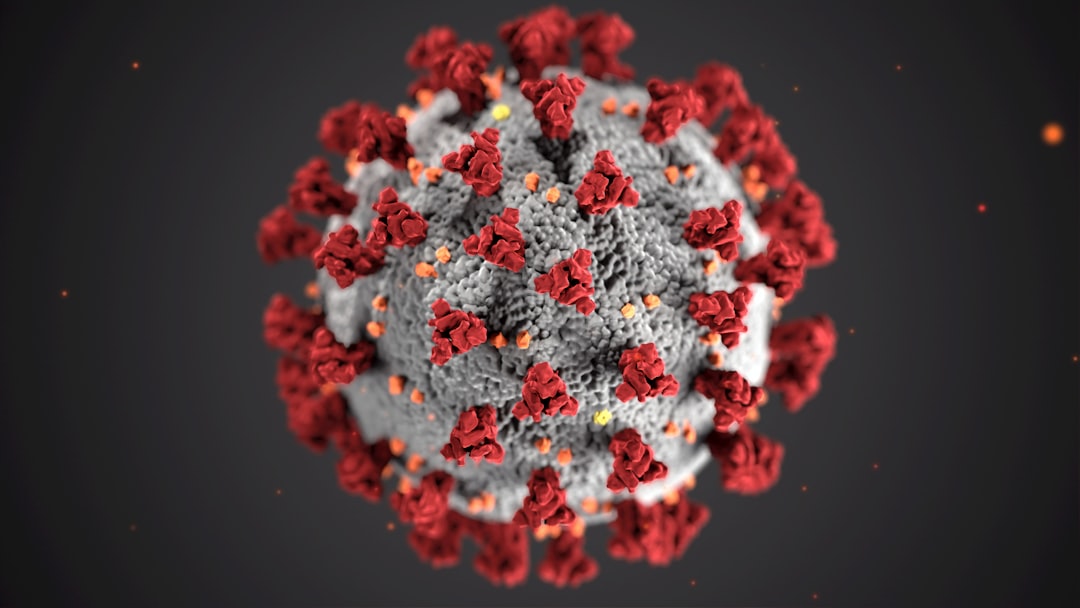What is it about?
This paper is about capturing factors that contribute to the facilitation of suicide attempts and/or deaths by suicide in adults. It reviews the findings of 90 studies published from January 2005 to January 2022. The included studies differentiated people who had died by suicide/attempted suicide from people who desired to die by suicide but did not act on those desires; or identified associations between factors and suicide attempt survivors. The studies document a range of factors, such as painful and provocative events (e.g., trauma and stress), dispositional factors (e.g., impulsivity), knowledge of and access to lethal means, and cognitive aspects. Suicide attempts and deaths impact family and friends and society. Understanding what contributes to suicide attempts over and beyond suicidal desire is imperative for suicide interventions.
Featured Image

Photo by Scott Graham on Unsplash
Why is it important?
Suicide is universal. The effects of suicide have the potential to reach every individual on this planet. Previous research has focused on suicide without disentangling factors that contribute to suicidal desire from those that contribute to the movement from suicidal desire to suicide attempt. This paper disentangles those factors and synthesises what has been published. This review found that there is a lack of research that combines more than one factor at a time, which does not reflect the complexity of suicide. What this means is that the field risks producing a list of individual risk factors that lack usefulness for suicide prevention and intervention development. Thus, the field needs to design and implement multiple factors studies that are more reflective of the complexity of suicide attempts to increase practical utility.
Perspectives
A key takeaway for me is acknowledging that people do not immediately attempt suicide once they have both the desire and capability for suicide. This means there is a knowledge gap about what links suicidal desire + capability to suicide attempt. For me, addressing this knowledge gap is imperative for identifying when to intervene to prevent suicide and save lives.
Luke Bayliss
Read the Original
This page is a summary of: Suicide capability within the ideation-to-action framework: A systematic scoping review, PLoS ONE, October 2022, PLOS,
DOI: 10.1371/journal.pone.0276070.
You can read the full text:
Contributors
The following have contributed to this page










